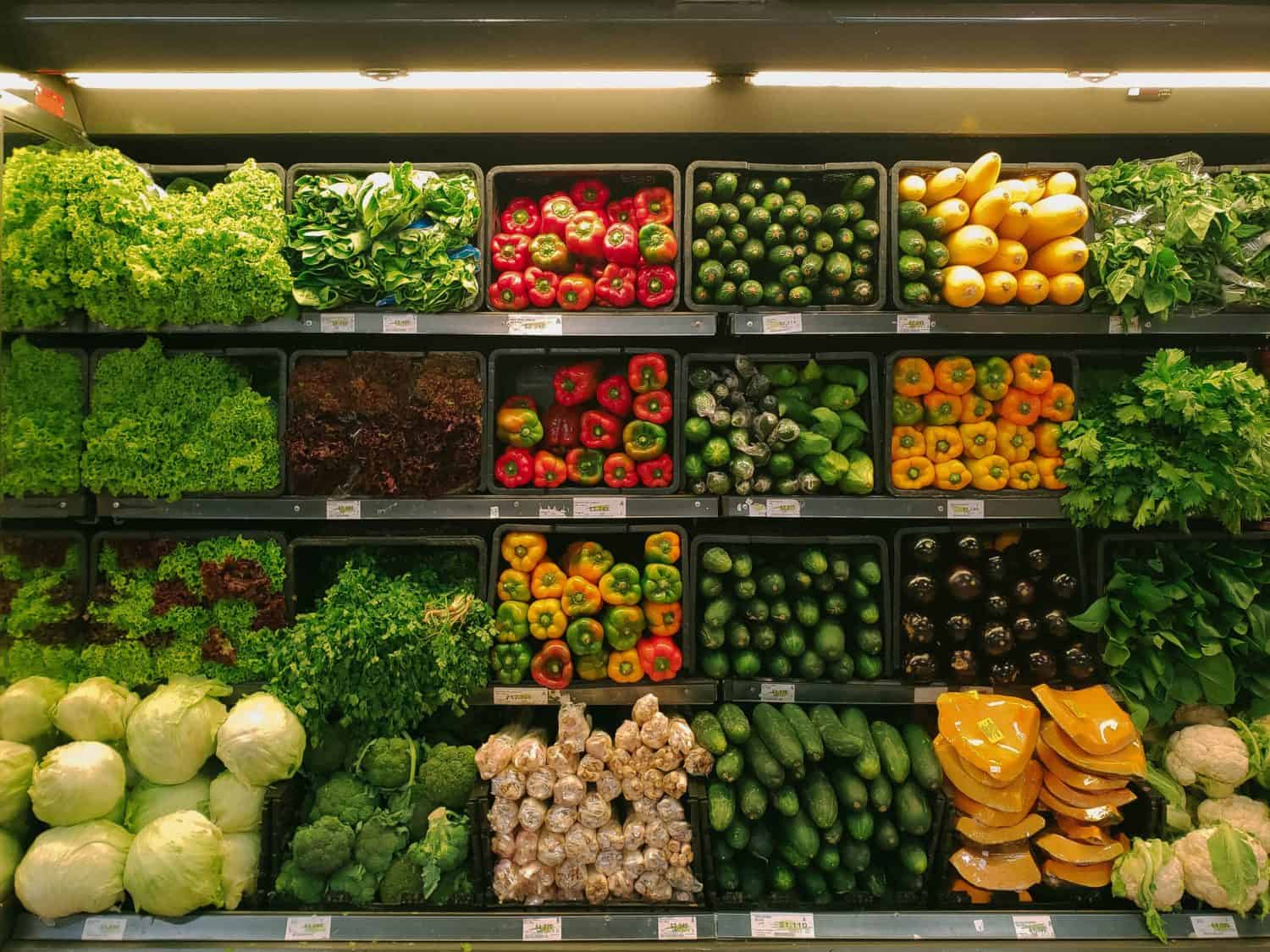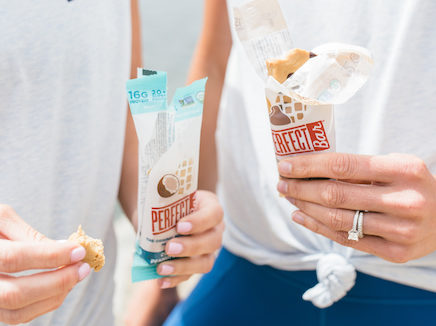Your child pushes away another healthy snack, leaving you wondering if they'll ever eat anything nutritious. You're not alone - research shows that much of picky eating relates to negative thoughts and memories about certain foods. Finding healthy snacks for picky eaters feels impossible—until you discover simple, protein-packed solutions that kids actually crave.
The good news? Smart choices and simple strategies can bridge the gap between what your picky eater wants and what their growing body needs. With the right approach, you can satisfy both your child's taste preferences and your nutritional goals.
Understanding Picky Eating Habits
Several factors contribute to selective eating habits. Early feeding difficulties, late introduction of lumpy foods at weaning, pressure to eat and early choosiness can all play a role. Some children also have heightened sensory sensitivities that make certain textures, smells, or appearances overwhelming.
Moderate to severe picky eating is linked to raised symptoms of depression and social anxiety (Medical News Today) and can deepen food-related anxiety over time (Child Mind Institute).
Food neophobia - the fear of trying new foods - is also common in children, linked to biological factors such as sensory sensitivities and decreased appetite. This biological response helped our ancestors avoid potentially dangerous foods, but it can make modern mealtimes challenging.
Patience becomes your best tool here. Research shows it takes eight to 15 times to introduce a new food before a child will accept it, yet most parents give up after just three to five attempts.
Small changes in food presentation can make a big difference. Cutting foods into fun shapes, arranging them in colorful patterns, or serving them alongside familiar favorites can reduce anxiety around new foods.
Why Healthy Snacks for Picky Eaters Matters
Growing bodies need consistent fuel throughout the day. Adequate protein intake supports healthy brain development and immune function while serving as an energy source for active kids.
Protein plays a particularly important role in tissue formation and cognitive development. But it's not just about protein - children need fiber, protein and healthy fats to thrive.
A balanced snack combines multiple nutrients to keep children energized and satisfied between meals. This prevents the blood sugar crashes that can lead to meltdowns and makes kids more willing to try new foods when they're not desperately hungry.
The key is starting small. You don't need to overhaul your child's entire diet overnight. Simple swaps and gradual introductions can slowly expand their palate while meeting their nutritional needs.
Top Healthy Snacks for Picky Eaters with Delicious Whole Foods
Fresh fruit and vegetables are always the best snack choice for kids as they contain vitamins and minerals, are a good source of fiber and count towards daily nutritional requirements. Try cutting apples into fun shapes or serving berries in small portions to make them more appealing.
Vegetables can work too, with the right approach. Carrot sticks, cucumber slices, and cherry tomatoes offer crunch and color. Serve them with familiar dips like ranch or hummus to ease the transition.
The classic "ants on a log" - celery with peanut butter and raisins - combines familiar flavors with new textures. You can adapt this concept with different nut butters or toppings based on your child's preferences.
Whole grain options provide sustained energy. Air-popped popcorn with a little butter and Parmesan cheese offers a fun texture. Whole wheat crackers paired with cheese create a protein-rich combination.
Bake whole wheat sweet potato zucchini muffins for a fiber-rich, kid-approved treat (Bucket List Tummy).
A balanced snack combines protein, heart-healthy fats, fiber and carbs to keep children energized and satisfied. Consider refrigerated options that maintain freshness and appeal.
Homemade options give you control over ingredients. Sweet potato chips made by thinly slicing and baking sweet potatoes create a healthier alternative to regular chips. Veggie chips from kale or beets add color and nutrition.
Practical Tips for Introducing New Flavors
Start with tiny tastes. Offering very small amounts of new foods reduces pressure and makes the experience less overwhelming. A single bite is enough for initial exposure.
Try the 'Tiny Tastes' method from Spark Pediatrics, offering bite-sized samples to reduce pressure and build familiarity.
Food chaining works well for gradual transitions. Link familiar foods with new ones that share similar characteristics. If your child likes crackers, try whole grain versions. If they enjoy sweet foods, introduce naturally sweet vegetables like carrots or bell peppers.
Children may need to try some foods many times before they like them, so persistence pays off. Involve kids in snack selection and preparation to spark curiosity about food and give them ownership over their choices.
Let children explore food without pressure to eat it. Touching, smelling, and examining new foods helps them become comfortable before tasting. This sensory exploration is a normal part of food acceptance.
Serve new foods alongside familiar favorites. This reduces anxiety and provides backup options if the new food isn't accepted. Mix small amounts of new ingredients into dishes they already enjoy.
Model positive eating behaviors yourself. Children learn by watching, so show enthusiasm for healthy foods. Share meals together when possible to create positive associations with eating.
Keep portions small and age-appropriate. Large portions can overwhelm picky eaters, so start with bite-sized pieces first and let children ask for more if they want it.
Elevate Your Snacking with Perfect Snacks
When you need grab-and-go nutrition that doesn't taste like cardboard, refrigerated protein bars offer the perfect solution.Perfect Snacks keeps bars cold to preserve the fresh taste and creamy texture that makes smart snacking enjoyable for cautious eaters.
These bars combine freshly ground nut butters, organic honey, and superfoods into flavors that taste more like treats than health food. Each bar packs over 20+ superfoods—from kale and flax seed to chia and pumpkin—alongside 5–17g of whole-food protein. The refrigerated format keeps them fresh and improves texture - similar to how fresh fruits and vegetables taste better when properly stored.
The family heritage behind Perfect Snacks resonates with parents who understand the challenge of feeding children well. What started as one family's solution has grown into a trusted option for families everywhere.
Different sizes accommodate different appetites and occasions. Perfect Bar Mini provides smaller portions perfect for little hands and cautious eaters.
You can explore variety without waste through Build a Bundle options or try Subscribe & Save for regular delivery. Use the Store Locator to find these fresh options near you.
Empower Your Family's Snack Routine
Healthy snacks for picky eaters don't have to be a daily battle. Understanding your child's eating patterns, offering nutrient-dense options in appealing ways, and maintaining patience during the process can transform snack time from stressful to successful.
Small, consistent steps lead to lasting changes in eating habits. Each positive food experience builds confidence and openness to trying new things. Focus on progress, not perfection.
Remember that every child's timeline is different. Some may embrace new foods quickly, while others need more time and exposure. Your persistence and creativity will pay off as your child develops a more varied palate.
Start with understanding your child's unique eating patterns, introduce new foods gradually using the tiny tastes method, and keep nutritious backup options on hand. Success comes from consistency, patience, and finding the right balance of familiar comfort and gentle challenges that help expand their palate one bite at a time.



